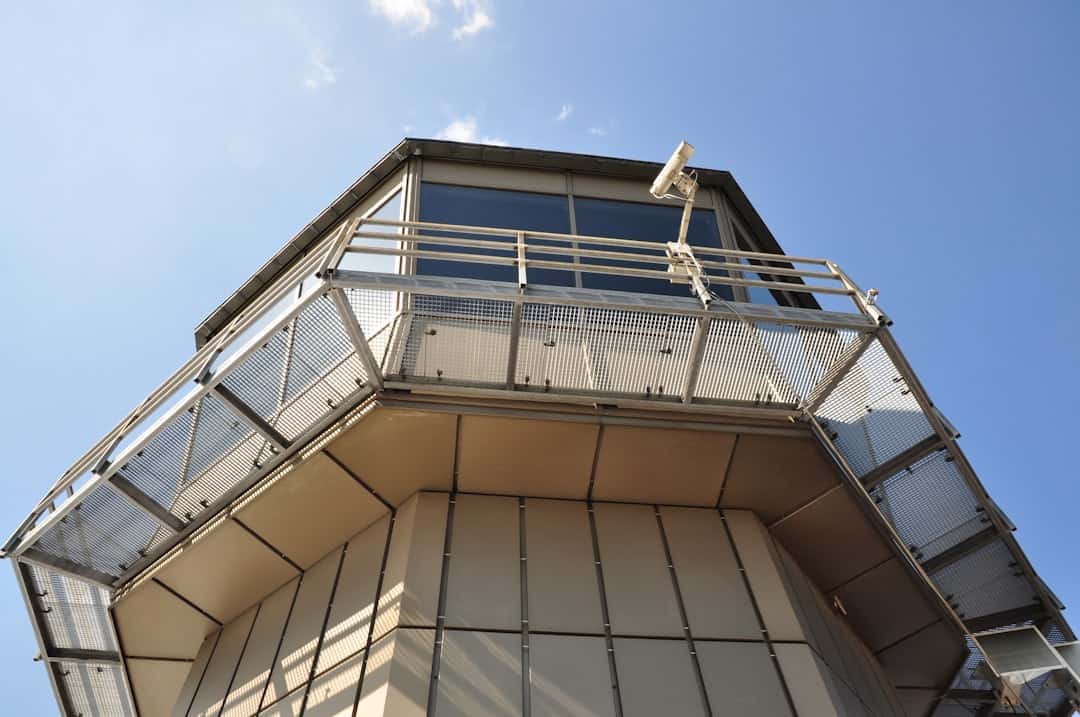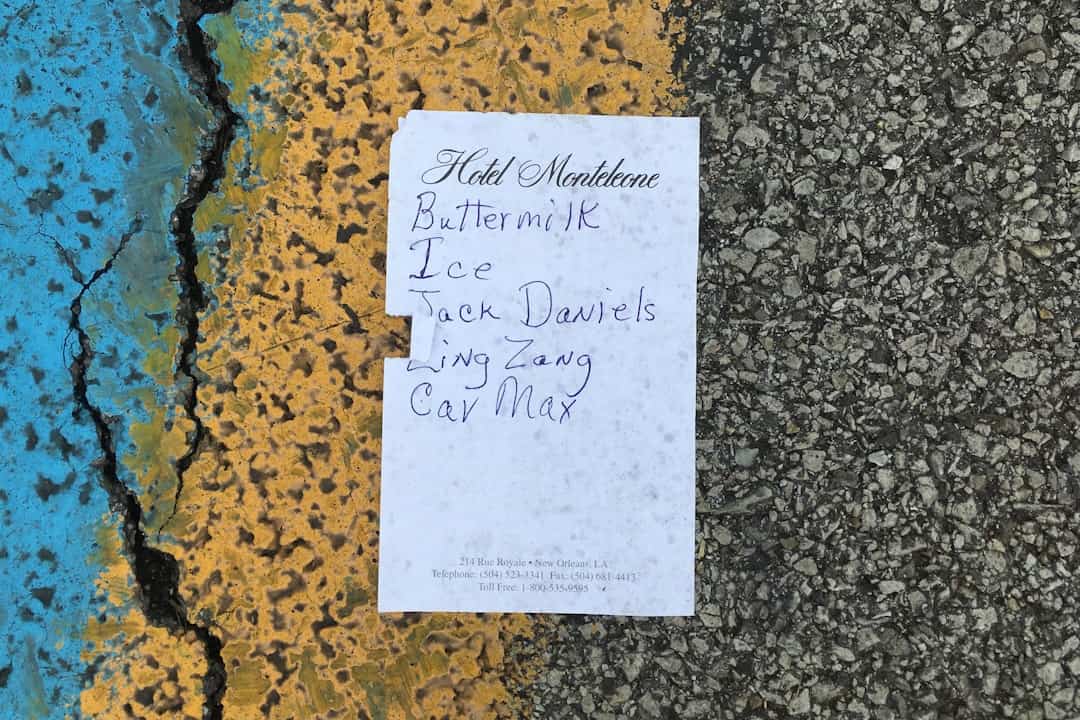Brute Force Android refers to the unauthorized access attempt on an Android device by systematically trying all possible password or PIN combinations. Hackers and cybercriminals often employ this method to circumvent security measures and access sensitive data. Specialized software or scripts can automate this process, potentially making it an effective way to breach device security.
To mitigate brute force attacks, Android users should implement strong, unique passwords or PINs that are challenging to guess. Enabling biometric authentication, such as fingerprint or facial recognition, adds an extra security layer. Keeping the device’s software updated is crucial, as manufacturers regularly release security patches to address known vulnerabilities that could be exploited in brute force attacks.
Users should also be cautious about rooting or jailbreaking their Android devices, as these processes can bypass built-in security measures and increase vulnerability to unauthorized access. Understanding these risks and implementing appropriate protective measures can help Android users maintain device security and safeguard their personal information.
Key Takeaways
- Brute force attacks on Android devices involve repeatedly trying different combinations of passwords or PINs to gain unauthorized access.
- Advanced features such as biometric authentication, remote wipe, and encryption can enhance the security of your Android device.
- Maximizing battery life can be achieved by adjusting settings, using power-saving modes, and minimizing background processes.
- Customizing your device with personalized settings, themes, and widgets can improve user experience and productivity.
- Enhancing security measures on your Android device can be done by using strong passwords, enabling two-factor authentication, and regularly updating software.
- Exploring hidden functions on your Android device can uncover useful features and shortcuts that can improve efficiency and convenience.
- Tips and tricks for power users include using keyboard shortcuts, utilizing split-screen multitasking, and customizing notification settings for optimal productivity.
Utilizing Advanced Features
Android devices are equipped with a wide range of advanced features that can enhance the user experience and provide added functionality. One such feature is split-screen multitasking, which allows users to run two apps side by side, making it easier to multitask and be more productive. This feature can be especially useful on larger devices such as tablets, where there is more screen real estate to work with.
Another advanced feature of Android devices is the ability to customize the device’s interface using widgets and custom launchers. Widgets are small, interactive app extensions that can be placed on the home screen, providing quick access to important information or functionality without needing to open the full app. Custom launchers, on the other hand, allow users to completely change the look and feel of their device’s interface, including the app icons, animations, and navigation gestures.
Additionally, Android devices offer advanced customization options for notifications, allowing users to prioritize certain types of notifications, set custom notification sounds, and even enable notification snoozing for a set period of time. These advanced features can help users tailor their device to their specific needs and preferences, making for a more personalized and efficient user experience.
Maximizing Battery Life

One of the most common concerns for Android users is maximizing battery life. There are several strategies that can help extend the battery life of an Android device. One such strategy is to adjust the device’s display settings, such as reducing the screen brightness and shortening the screen timeout duration.
These adjustments can help conserve battery power, especially when using the device in low-light environments. Another way to maximize battery life is to manage background apps and processes that may be consuming unnecessary resources. Android devices offer built-in tools for monitoring and managing app activity, allowing users to identify and close apps that are running in the background and draining the battery.
Additionally, users can enable battery-saving modes or features that automatically optimize system settings to conserve power when the battery is running low. Furthermore, disabling unnecessary features such as location services, Bluetooth, and Wi-Fi when they are not in use can help extend battery life. These features can consume significant amounts of power when left enabled, so turning them off when they are not needed can help conserve battery power for when it is needed most.
Customizing Your Device
| Aspect | Metric |
|---|---|
| Customization Options | Themes, wallpapers, widgets |
| Personalization | Custom ringtones, notification sounds |
| Accessibility | Font size, display settings |
| Security | Lock screen settings, fingerprint recognition |
Android devices offer a high degree of customization options, allowing users to personalize their devices to suit their individual preferences and needs. One way to customize an Android device is by changing the device’s wallpaper and theme, giving it a fresh new look and feel. There are countless wallpaper and theme options available in the Google Play Store, allowing users to find the perfect style for their device.
Another way to customize an Android device is by organizing the home screen and app drawer. Users can rearrange app icons, create folders for similar apps, and even hide apps that they do not use frequently. This can help streamline the user experience and make it easier to find and access important apps and information.
Additionally, Android devices offer extensive customization options for ringtones, notification sounds, and system sounds. Users can choose from a wide range of pre-installed sounds or even create their own custom sounds using third-party apps or audio editing software.
Enhancing Security Measures
In addition to protecting against brute force attacks, there are several other security measures that Android users can take to enhance the security of their devices. One such measure is enabling two-factor authentication for Google accounts, adding an extra layer of security by requiring a secondary verification method in addition to a password. Another important security measure is regularly backing up important data stored on the device.
This can help ensure that important information is not lost in the event of a security breach or other unforeseen circumstances. Android devices offer built-in backup options as well as third-party backup solutions that can help users safeguard their data. Furthermore, Android users should be cautious when downloading and installing apps from third-party sources, as these apps may contain malware or other security threats.
It’s important to only download apps from trusted sources such as the Google Play Store and to carefully review app permissions before installing them.
Exploring Hidden Functions

Unlocking Developer Options
One such hidden function is developer options, which can be unlocked by tapping on the device’s build number in the settings menu multiple times. This provides access to advanced settings and features that are not normally visible to the average user, such as USB debugging and performance monitoring tools.
Enabling System-Wide Dark Mode
Another hidden function of Android devices is the ability to enable system-wide dark mode, which can reduce eye strain and conserve battery power, especially on devices with OLED displays. This feature can be enabled in the device’s settings menu or through third-party apps that provide additional customization options for dark mode.
Hidden Shortcuts and Gestures
Android devices also offer hidden shortcuts and gestures that can make it easier to navigate the interface and perform common tasks. For example, users can enable gesture-based navigation controls that allow them to swipe and tap on specific areas of the screen to navigate through apps and menus more efficiently.
Tips and Tricks for Power Users
For power users who want to get the most out of their Android devices, there are several tips and tricks that can help enhance the user experience and improve productivity. One such tip is to use keyboard shortcuts for faster typing and navigation. Many third-party keyboard apps offer customizable shortcuts that allow users to quickly access frequently used phrases or perform common tasks with just a few keystrokes.
Another tip for power users is to take advantage of automation apps and features that can streamline repetitive tasks and improve efficiency. Automation apps allow users to create custom scripts and workflows that automate tasks such as sending scheduled messages, adjusting system settings based on location or time of day, and performing other routine actions without manual intervention. Furthermore, power users can benefit from using advanced file management apps that provide additional functionality for organizing and accessing files stored on the device.
These apps often offer features such as cloud storage integration, file encryption, and advanced search capabilities that make it easier to manage large amounts of data. In conclusion, Android devices offer a wide range of advanced features and customization options that allow users to tailor their devices to their specific needs and preferences. By understanding potential security risks such as brute force attacks and taking steps to protect against them, Android users can help ensure that their devices remain secure and their personal information stays safe.
Additionally, exploring hidden functions and utilizing tips and tricks for power users can help enhance the user experience and improve productivity on Android devices.
If you’re interested in learning more about the challenges and opportunities in the regulatory landscape of the metaverse, check out this article. It provides valuable insights into the legal and regulatory issues that are emerging as the metaverse continues to grow and evolve.
FAQs
What is brute force attack on Android?
Brute force attack on Android is a method used by hackers to gain unauthorized access to a device by trying all possible combinations of passwords or PINs until the correct one is found.
How does brute force attack work on Android?
In a brute force attack on Android, hackers use automated software to systematically try all possible combinations of passwords or PINs until the correct one is discovered. This method relies on the sheer volume of attempts to eventually guess the correct password.
What are the risks of a brute force attack on Android?
The risks of a brute force attack on Android include unauthorized access to personal data, financial information, and sensitive documents stored on the device. It can also lead to identity theft, fraud, and other forms of cybercrime.
How can I protect my Android device from brute force attacks?
To protect your Android device from brute force attacks, you can use strong, complex passwords or PINs, enable biometric authentication methods such as fingerprint or facial recognition, and enable device encryption. Additionally, regularly updating your device’s operating system and using reputable security software can help prevent brute force attacks.
What should I do if I suspect a brute force attack on my Android device?
If you suspect a brute force attack on your Android device, you should immediately change your password or PIN to a strong, unique one. You should also enable any available security features on your device and consider contacting your mobile service provider or a cybersecurity professional for further assistance.











Leave a Reply